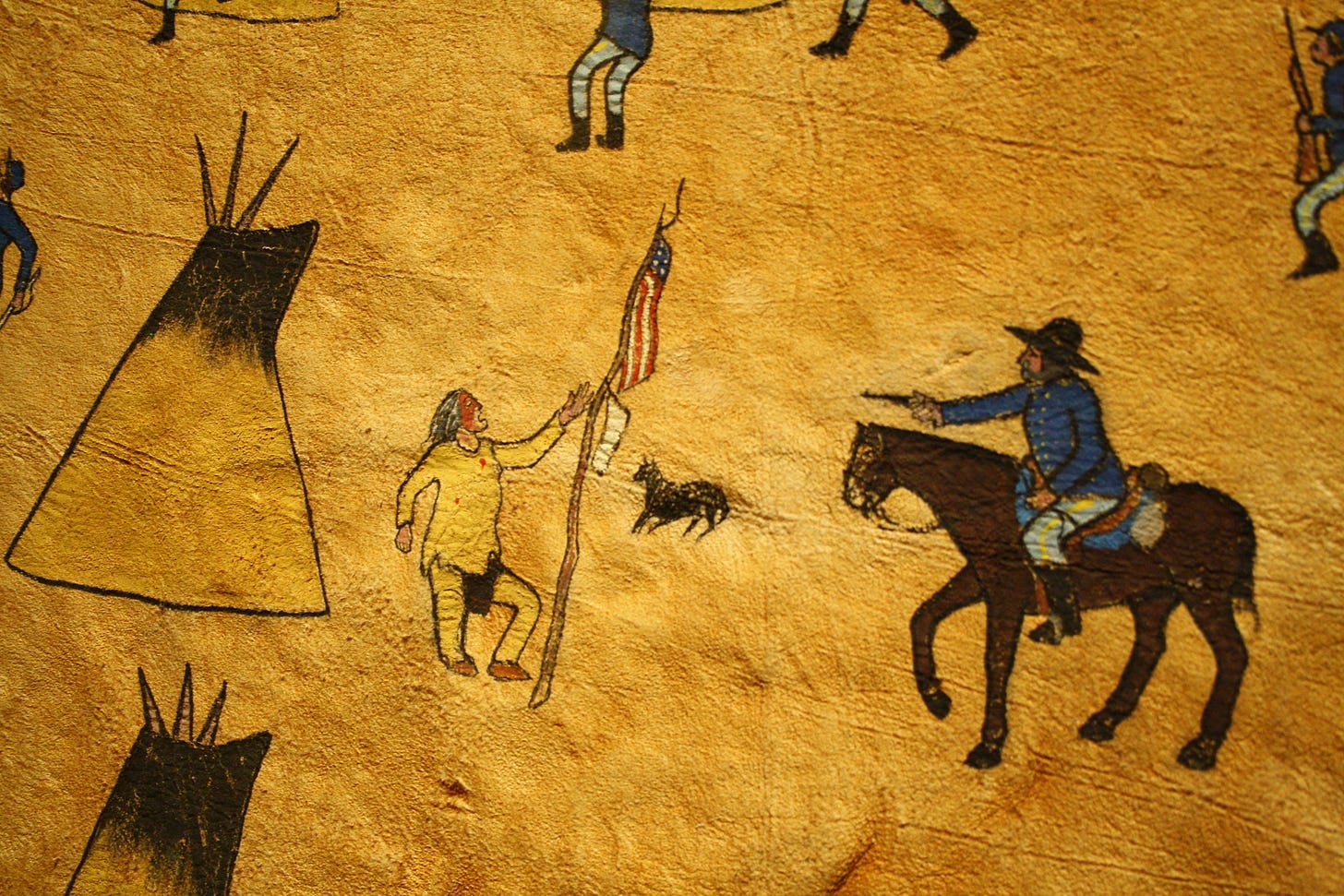The Long-Distance Run
A road trip through the American West leads to a haunting lesson about a past atrocity—and inspiration from longtime border activists, who share what keeps them going as we enter a dark new chapter.

When your job is to pay close attention to our dire political moment, digest the information, and make sense of it in clear, concise words, it can be hard to disconnect. But damn…
Keep reading with a 7-day free trial
Subscribe to The Border Chronicle to keep reading this post and get 7 days of free access to the full post archives.

